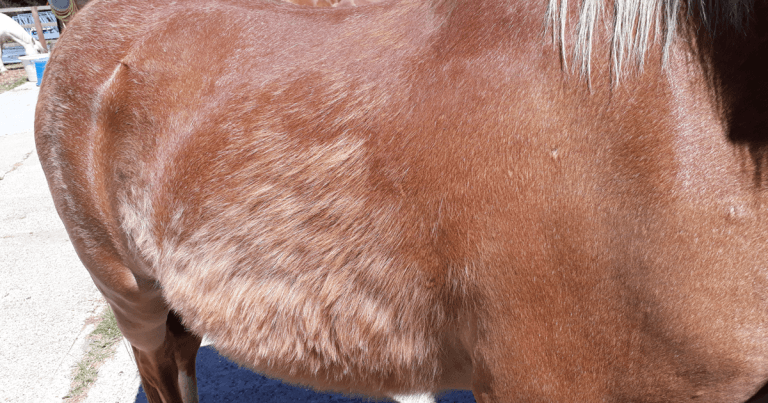19 Jun 2023
Research project will explore effects of pituitary pars intermedia dysfunction in adult horses and ponies, and hopes to shape future monitoring and decision-making.

Pony with PPID laminitis pic Pituitary pars intermedia dysfunction.
Participants are being sought for a study exploring the effects of pituitary pars intermedia dysfunction (PPID) in older horses and ponies.
It is hoped the study will improve understanding of equine Cushing’s disease, which affects 25% of horses and ponies older than 15 years of age, and shape future monitoring work and decision-making.
Researchers at the RVC, in a partnership with CVS Group, want to assess the impact of PPID on equids’ quality of life.
Common hormone disease PPID is usually experienced by older equids, with clinical signs including laminitis, weight loss and lethargy.
The nature of the symptoms mean many owners mistake the clinical signs with ageing, and often do not seek veterinary advice, while many owners with diagnosed animals have greater emotional burdens and costs due to the necessary increased physical care.
The study wants to develop a validated equine quality of life tool to objectively assess the impact of the condition on quality of life. It is hoped this would help vets and owners with treatment and/or euthanasia options.
Once developed, the tool will be used in a study of 100 horses that will be followed across a two-year period.
Participants can have horses and ponies with PPID or without the condition aged 10 or older, with the questionnaire survey taking 15 minutes.
Aline Bouquet, PhD candidate and research assistant in the Assessment of Quality of Life in Equines with PPID – and who is leading the research team with support from Nicola Menzies-Gow, professor in equine medicine, and Christine Nicol, professor of animal welfare – said: “Results from this project will better our understanding in how this disease and its treatment impact the quality of life of individual horses and ponies, which can hopefully then help vets and owners to assess and monitor the impact, guide management decision-making – and, therefore, improve the welfare of affected horses and ponies.”